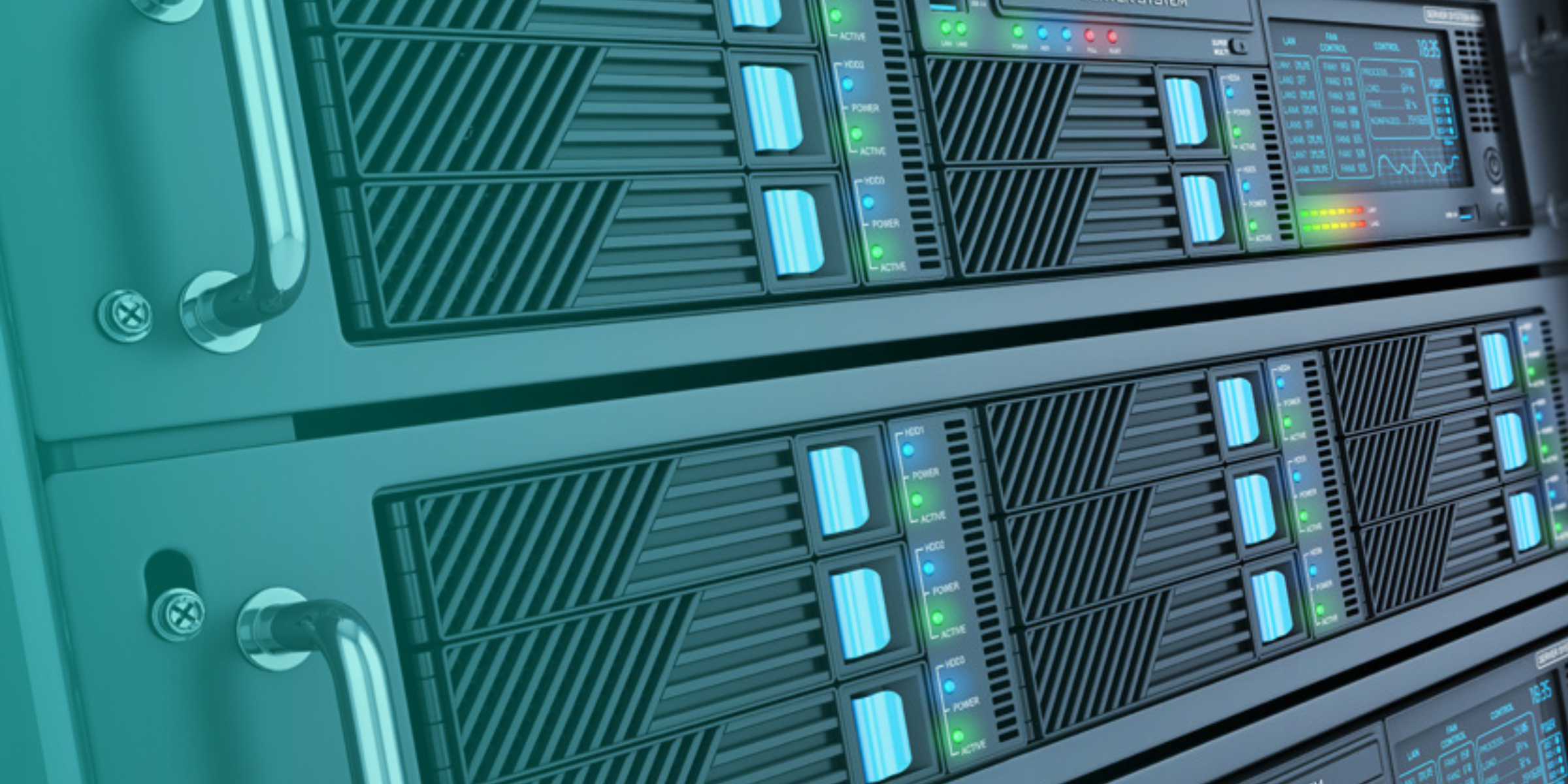Sustainability, in the last 50 years, has gone from a fringe buzzword to a front-and-center priority for enterprises. This is both from the perspective of mitigating the environmental impact of operations and a desire to maximize efficiency and minimize power usage.
Data plays a huge role in this discussion. Data is the raw material of digital transformation, and enterprises are producing ever-increasing amounts. But all this data must be stored, organized, analyzed, and replicated to be used. That means enterprise data centers are under increasing strain, consuming more and more energy. The Information and Communications Technology (ICT) sector generates 3.9% of global annual emissions, according to the Technology Policy Council.
Many organizations believe that moving their data to a cloud provider is the solution to reducing energy usage. But as regulatory agencies take increasingly closer looks at energy use by sector, simply deferring the energy use to a cloud provider will not be adequate. To meet regulatory requirements and maximize the efficiency of data gathering, storage, and use, enterprises must take a closer look at their own data center operations.
The First Problem to Solve Is Information
Knowledge is power; so too is knowledge about power. If you don’t know how much power your data center is consuming or for what purposes, it is very difficult to evaluate whether that’s a reasonable amount of power to be using or not. And it’s even more difficult to determine how that translates into an environmental impact, namely CO2 emissions.
Questions like how large your data center is, how much cooling it requires, and how much power it consumes at different levels of operation are all very important. Answering them is one of the most difficult challenges for all enterprises that operate a data center.
In many cases, there simply isn’t an easy way to collect this information about your hardware. But that’s the information that regulatory agencies will need to validate an enterprise’s claims that its data center is meeting sustainability requirements. And in many cases, the available information about the sustainability of certain solutions relies on internal certification, which means those numbers haven’t been verified by a third party.
More Efficient Hardware and Software for Storage Is Needed
Enterprises that can accurately evaluate the power requirements of their data centers, and the impact of that on their CO2 emissions, are in a better position to optimize energy usage from both a hardware and a software perspective.
Optimizing data center efficiency is often as simple as using the most advanced hardware available. For example, hardware that relies on flash rather than spinning media uses power more efficiently. Spinning media consumes more power and produces more heat, which can in turn place greater demands on cooling systems that consume energy. The most advanced hardware used for data storage today tends to have fewer moving parts, requiring less power to run fewer metal components, thereby reducing CO2 emissions for the entire operation.
Software is another important consideration. To ensure your data is being stored as efficiently as possible, your data center needs software that maximizes data compression. That’s because although data storage solutions have become more efficient, the volume of data being produced and stored is increasing daily. While a single rack in your data center may hold 10 or 100 times as much data as it could years ago, it’s important to ensure that data isn’t taking up any more space than it needs to.
Understand Your Data to Optimize Data Center Operations
Another important consideration is what kind of data you have in your data center. A single data center might have file services, machine learning information, AI data, and more, each of which will have different optimization schema.
Therefore, understanding what your needs and requirements are for different kinds of data is crucial. Are you generating data that you must retain for legal reasons and can only destroy after a certain time? Are certain kinds of data more sensitive than others, either for privacy and regulatory reasons or because some are more business-critical?
These and other considerations affect how different kinds of data can and should be stored. For example, medical images probably don’t need to go into block storage and can likely be stored more cost-effectively. And despite the role modern hardware is playing in reducing emissions and energy usage, older methods of data storage such as mainframes and tapes remain relevant for certain kinds of data, particularly data that is better suited to these storage options.
Plus, less sensitive types of data are better suited to specific storage methods. Image files are already compressed, for example, so using energy in your storage array trying to compress them further and save on space is simply a waste of energy.
Strike the Best Balance Between Sustainability and Availability
One of the most crucial considerations in any data center is availability. Some data, particularly in certain industries, must be available 100% of the time.
But availability comes at a cost to sustainability. Methods of securing data such as air-gapped networks and backups of immutable copies of data require doubling or even tripling physical infrastructure and storage capacity to ensure data is always available. This is particularly important as cybercrime continues to rise.
So, while sustainability has become more and more relevant to the data center discussion, it has become more and more challenging to achieve, particularly for enterprises with extremely strict data-availability needs.
Hitachi Delivers Cost-Effective 100% Data Availability Solutions
Hitachi is a leading provider of sustainable data center solutions that provide the right balance of availability and sustainability. The Hitachi Virtual Storage Platform, for example, delivers industry-leading sustainability with a guarantee of 100% uptime for your data.
And Hitachi’s sustainable data center offerings have been recognized across the ICT industry. It received its first Energy Star certification back in the 1990s. And numerous other third-party and independently verified certifications ensure that you can count on Hitachi to deliver on its sustainability promise for your data center.
With a long track record maximizing the efficiency of data storage, Hitachi delivers industry-leading sustainability and availability in offerings that are among the most cost-efficient on the market. Plus, best-of-breed reliability means that your teams can work their 9-5 schedules and head home for the evening or weekend without having to worry about running back to your data center because something isn’t working properly.
Stoneworks Technologies Partners With Best-of-Breed Industry Leaders
At Stoneworks Technologies, we always partner with industry leaders like Hitachi to ensure your data center is not only going to meet your present and future business needs but that it will effectively position your company to optimize performance and sustainability.
We operate as an extension of both your team and our partners to ensure your data center operates efficiently and meets all your requirements for both performance and regulatory compliance.
Learn more about Hitachi’s Virtual Storage Platform suite of offerings here, and reach out to us if you have any questions about how to set up your optimal data center.


